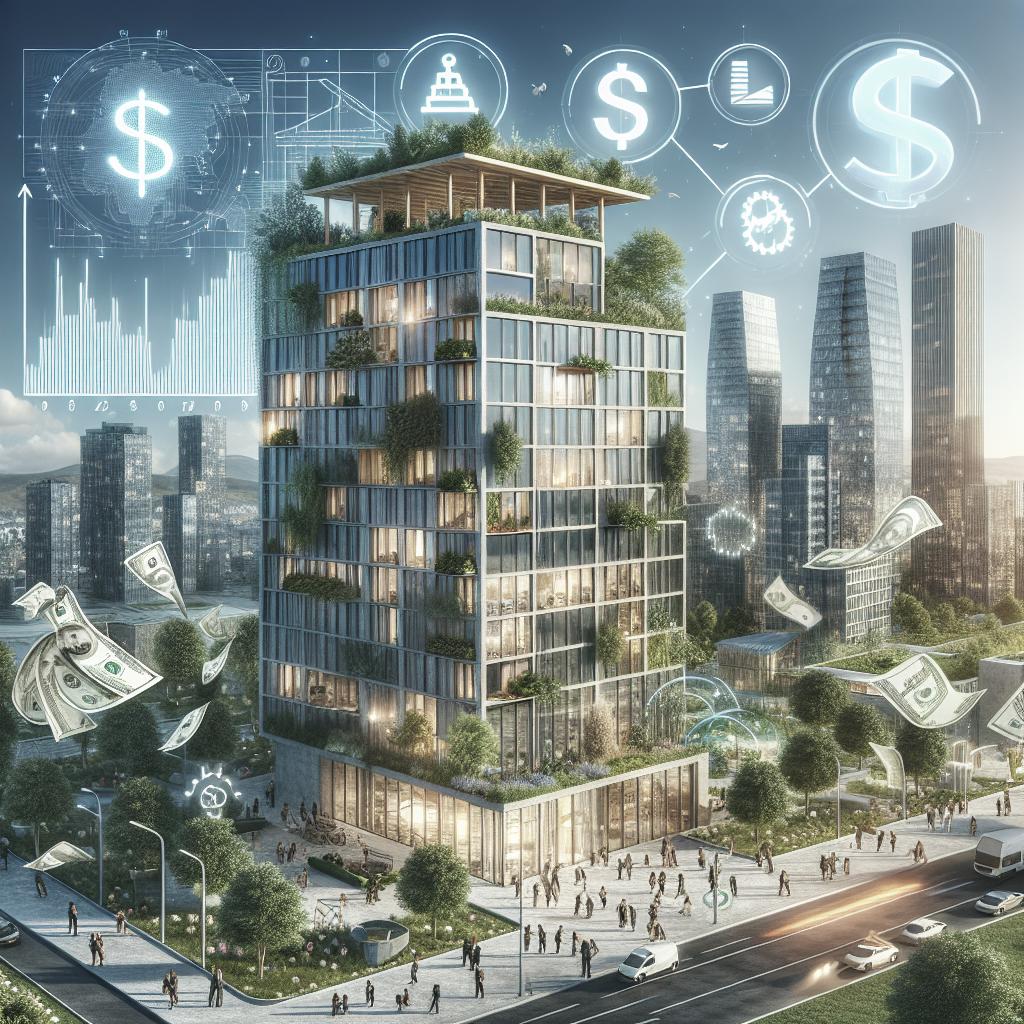The Economic Advantages of Sustainable Construction
Sustainable construction is becoming increasingly essential in today’s world, where environmental concerns and efficient resource use are at the forefront. This blog post delves into the economic benefits of sustainable construction, exploring how building better can lead to long-term economic gains. We’ll examine the environmental and economic advantages, as well as the social benefits that make sustainable construction an attractive proposition for businesses and communities. By understanding the comprehensive advantages, stakeholders can make informed decisions that not only advance economic interests but also contribute to a more sustainable future.
Delivering Long-Term Benefits by Building Better
Sustainable construction offers significant long-term benefits that extend well beyond the initial build phase. By focusing on resource efficiency and environmental responsibility, it paves the way for reduced life-cycle costs. This approach minimizes expenses associated with energy consumption, water usage, and waste management. Building better initially may incur slightly higher upfront costs, yet the payback through reduced operational expenses and maintenance costs over time is substantial.
Innovative construction techniques focusing on recyclability, durability, and minimal environmental impact ensure that structures remain viable and resource-efficient for decades. This is not just beneficial for developers but also for property owners who reap the rewards of lower utility bills and maintenance expenses. Such savings enhance the property’s long-term value, making sustainable buildings attractive to investors and tenants alike.
Environmental Benefits of Sustainable Construction
The environmental impact of traditional construction practices necessitates a shift toward greener methodologies. Sustainable construction reduces the carbon footprint of buildings by using eco-friendly materials and energy-efficient technologies. By significantly lowering emissions and waste production, it aligns with global targets to mitigate environmental depletion and climate change.
Moreover, sustainable construction practices often integrate renewable energy sources, like solar panels and wind turbines, contributing to energy independence and reducing reliance on non-renewable resources. This not only helps preserve natural ecosystems but also ensures that buildings can operate efficiently and sustainably throughout their lifespan.
Economic Benefits of Sustainable Construction
The economic benefits of sustainable construction are profound. By optimizing energy utilization and incorporating efficient resource management, sustainable buildings often result in lower operating costs. Heating, cooling, electricity, and water use are minimized, translating into significant savings over time. Initial investments in sustainable technologies, such as smart thermostats and LED lighting, have a proven return on investment through decreased utility bills.
In addition to operational savings, sustainable construction contributes to increased asset value. Green-certified buildings have a market edge, attracting eco-conscious buyers and tenants willing to pay a premium for sustainable living or work environments. This higher demand leads to higher occupancy rates and rental yields, providing a competitive advantage in the real estate market.
Social Benefits of Sustainable Construction
Sustainable construction not only benefits the economy and the environment but also generates social advantages. Healthier living and working conditions are a direct result of improved indoor air quality and natural light optimization. Sustainable designs often incorporate non-toxic materials and ventilation systems to enhance occupant well-being.
Furthermore, sustainable construction promotes community development and job creation. Building green structures requires skilled labor and technologically advanced materials, fostering innovation and upskilling the local workforce. This contributes to economic empowerment and strengthens community ties by creating job opportunities and a sense of engagement with sustainable living practices.
The Bottom Line of Sustainable Construction
Embracing sustainable construction is a strategic move for stakeholders aiming to balance profitability with environmental consciousness. By investing in sustainable practices, businesses can realize substantial financial benefits while simultaneously supporting broader ecological and social goals. The cumulative effect of lower operational costs, enhanced property value, and improved community relations positions sustainable construction as a powerful economic driver for future development.
Given the growing consumer preference for eco-friendly solutions and increasing regulatory pressures, sustainable construction is more than a trend; it’s a necessary evolution in building practices. As we move towards a more sustainable future, integrating these practices is essential not only for business success but for ensuring a habitable planet for future generations.
About the Author
Lucas Martin is a 23-year-old journalism and communications graduate passionate about creative, dynamic, and engaging writing. With experience in local media and blog projects, Lucas focuses on travel, technology, and innovation. He aims to work for online media or technology-focused companies, enhancing his skills in SEO writing while staying up to date with market trends.
Lessons Learned
| Aspect | Benefits |
|---|---|
| Long-term Benefits | Reduced life-cycle costs, enhanced property value, increased investor interest. |
| Environmental Benefits | Lower emissions, reduced waste, integration of renewable energy. |
| Economic Benefits | Lower operating costs, increased asset value, higher occupancy rates. |
| Social Benefits | Healthier environments, job creation, community development. |
| Overall Impact | Balanced profitability with environmental responsibility, alignment with consumer and regulatory trends. |
